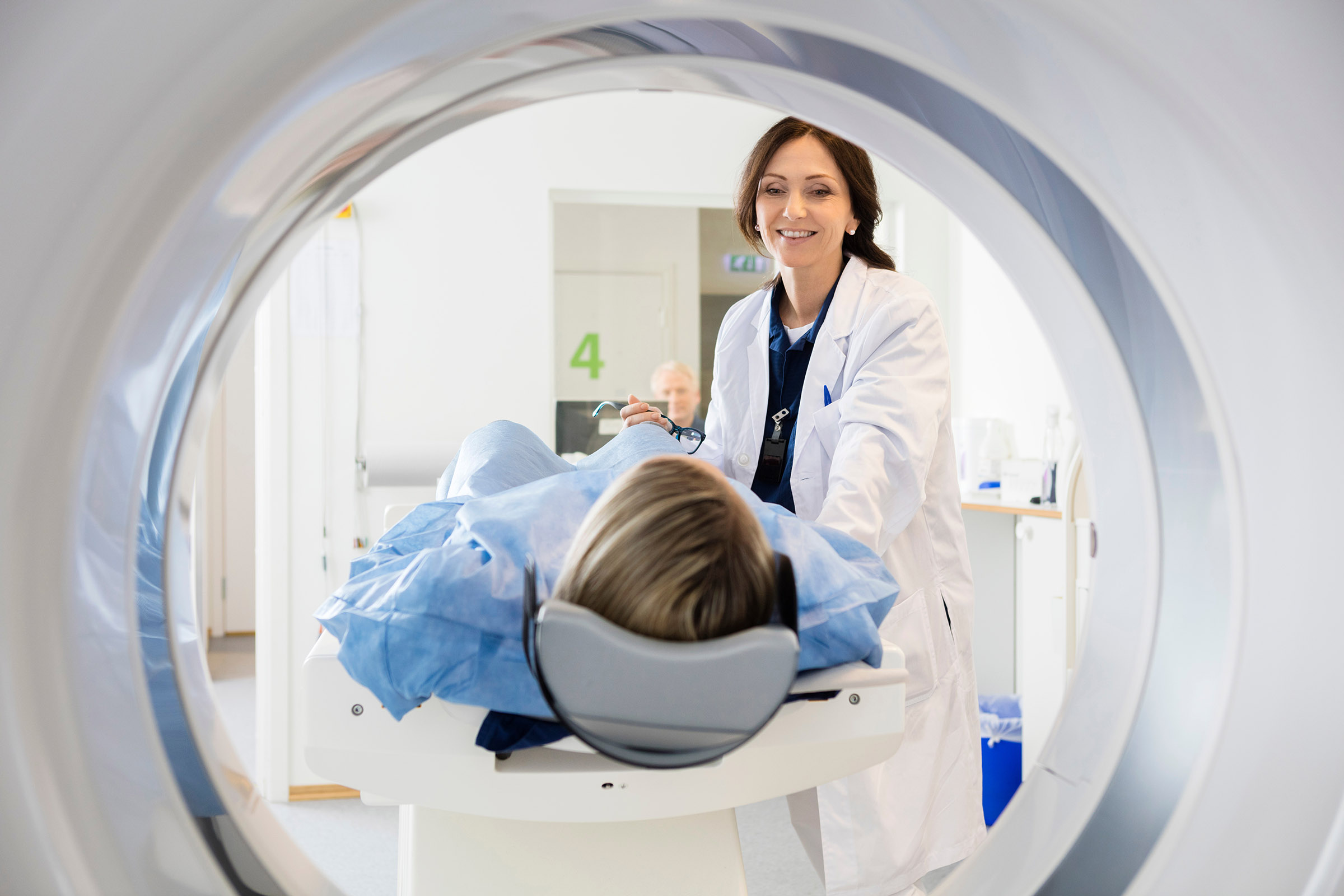Caltech researchers, working in collaboration with the USC Keck School of Medicine, have created a new type of smart bandage that can help improve the treatment of chronic wounds. The advanced bandages can automatically monitor and respond to the changes within the wounds.
This provides real-time data and helps deliver updated treatments as needed. The researchers describe the bandages as “cyber skin,” allowing the wound to receive more improved treatment than it could through regular bandages. The researchers, so far, have only tested the bandages on animal models as part of a proof-of-concept study.
However, the results surrounding the smart bandages are already very promising. The researchers say they have refined the technology behind the bandages by utilizing new advancements in nanotechnology, digital health, and materials science as a whole. Further, they say that bandages like this allow medical professionals to wirelessly monitor important biomarkers within the injuries themselves.

That information can help them provide better treatments, which is the goal of these new types of bandages. Additionally, the researchers say that acute wounds tend to follow the same timeline of a standard injury, inflammation, and healing process. However, chronic wounds like those these bandages could treat are more complex and unpredictable.
Because of their heightened risk of infection and complications, smart bandages could provide doctors with more up-to-date information in real time. This would offer doctors a more unique approach to treating wounds than the usual passive dressings that we rely on currently. Unfortunately, the wide-scale use of these bandages has quite a few significant obstacles to overcome.
Most notably, the current protocols for how healthcare systems approach wound care need to be revised. Additionally, the bandages need to be cleared by the U.S. Food and Drug Administration (FDA), which presents its own complexities. Those approvals often require multiple therapies to be passed, and that means collecting a lot more clinical data before the improved bandages can make it outside the lab.








